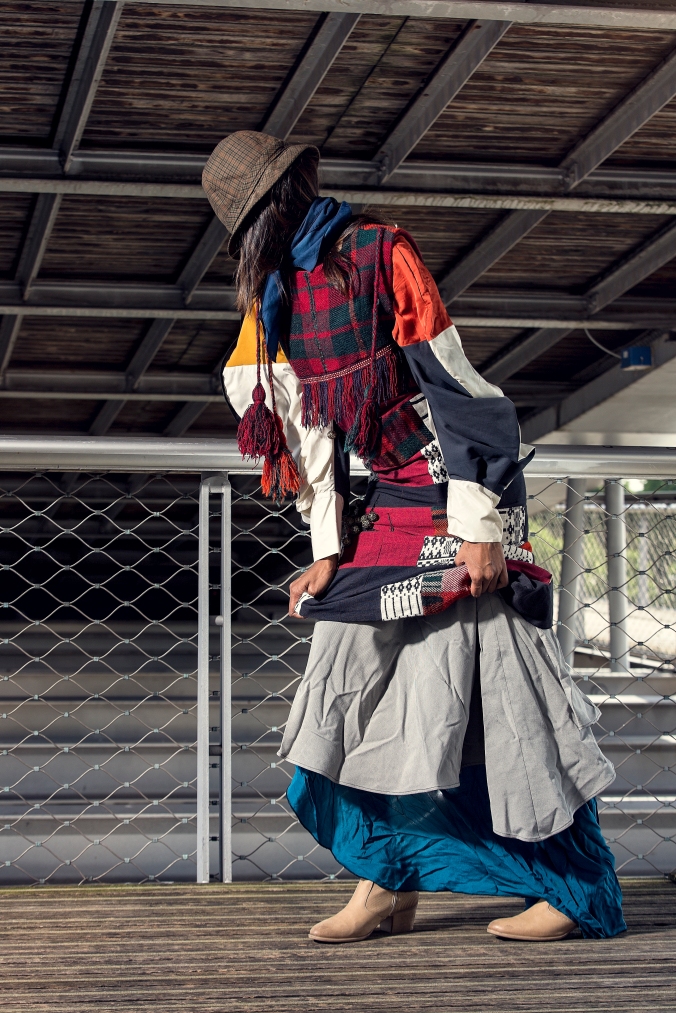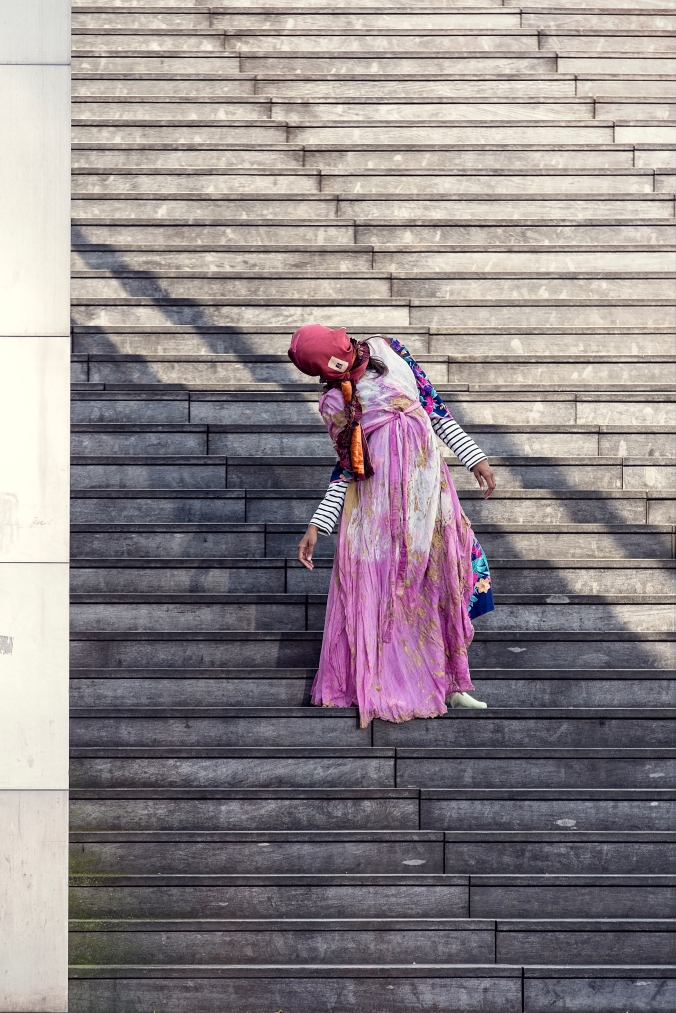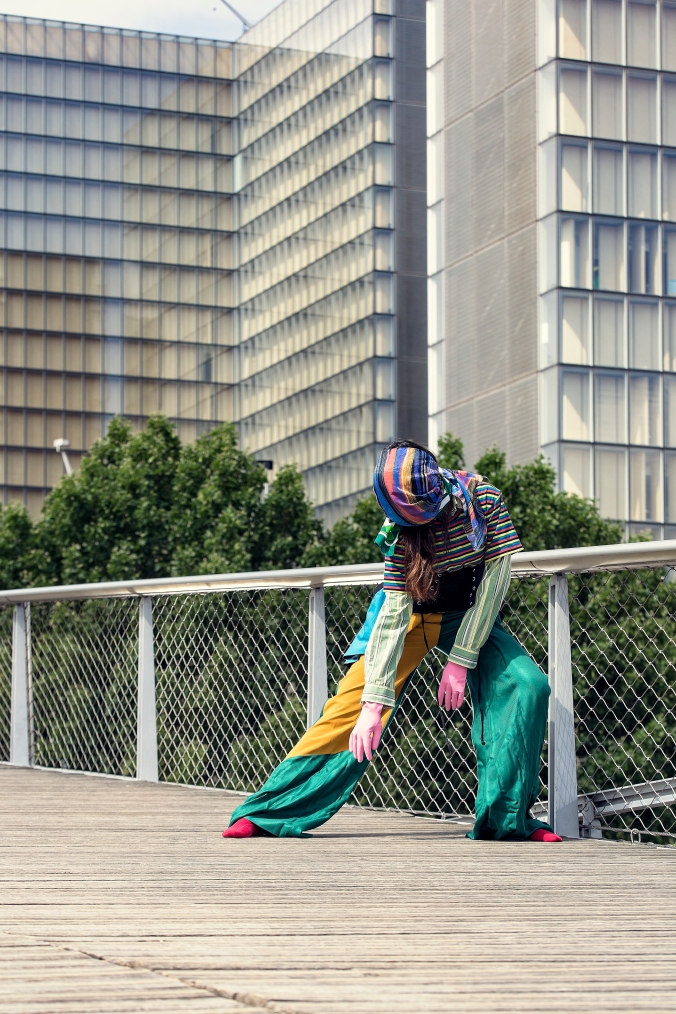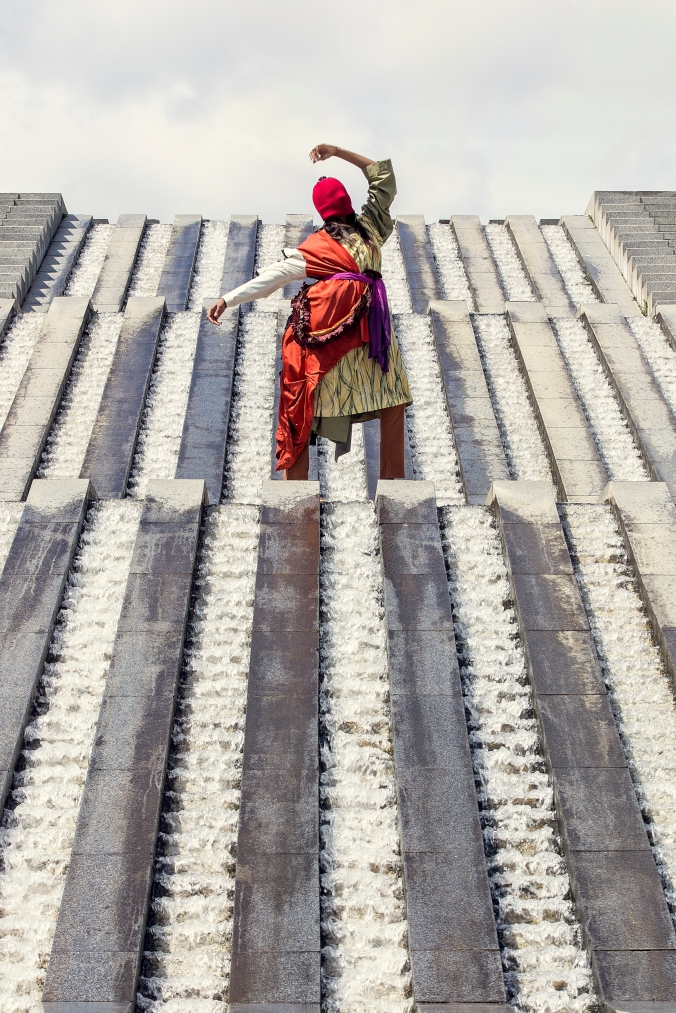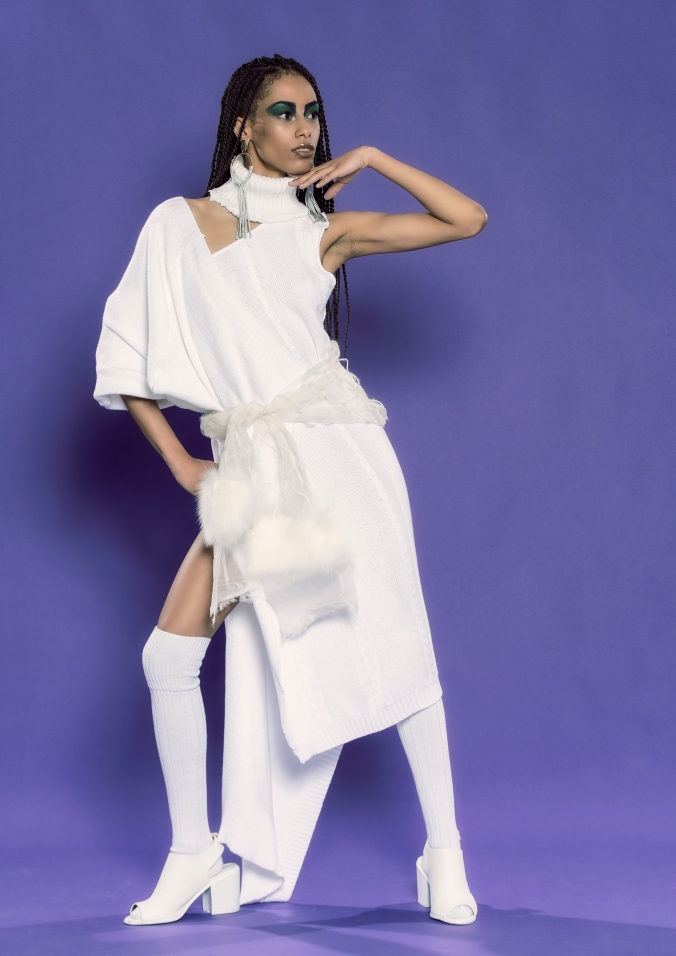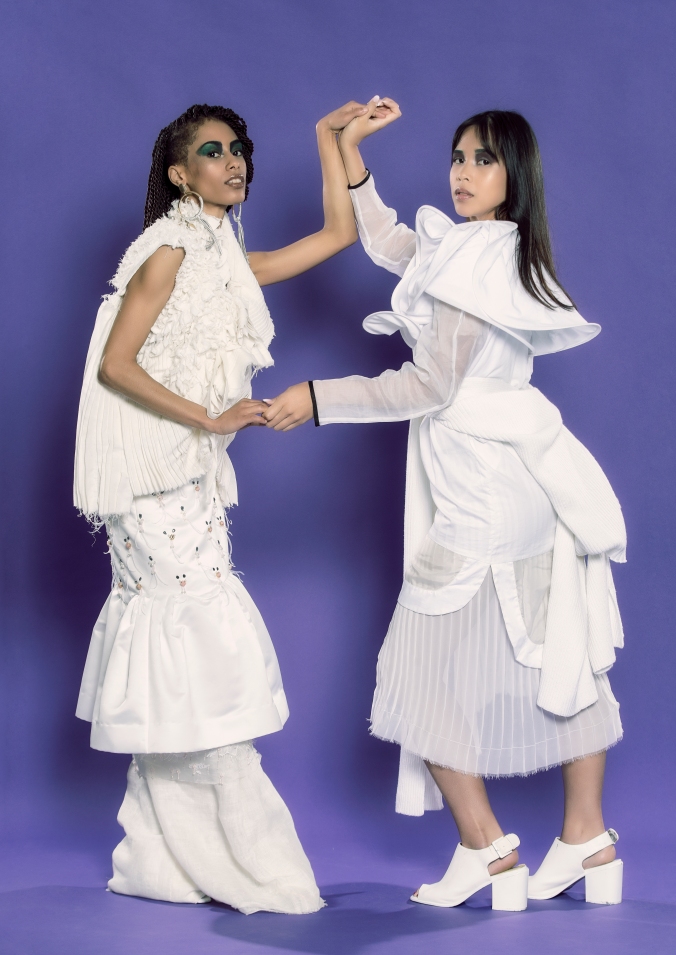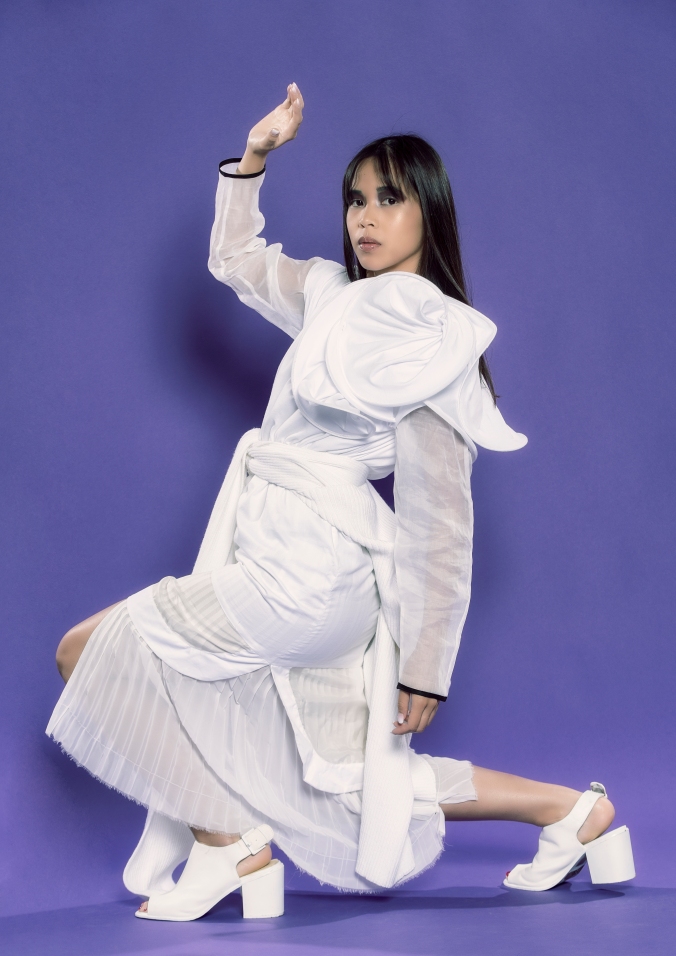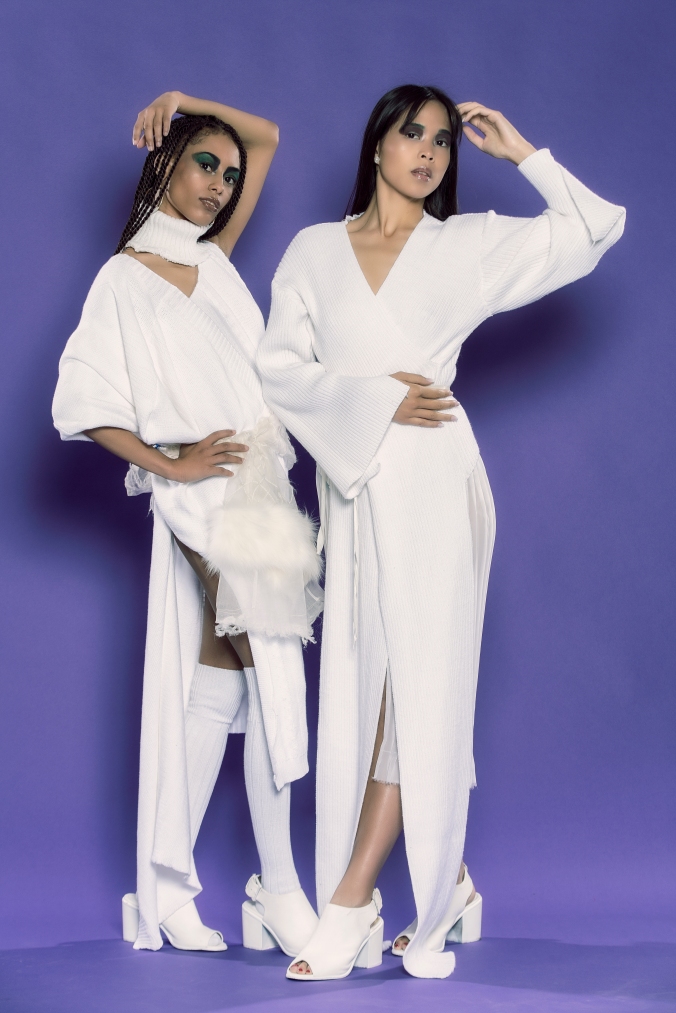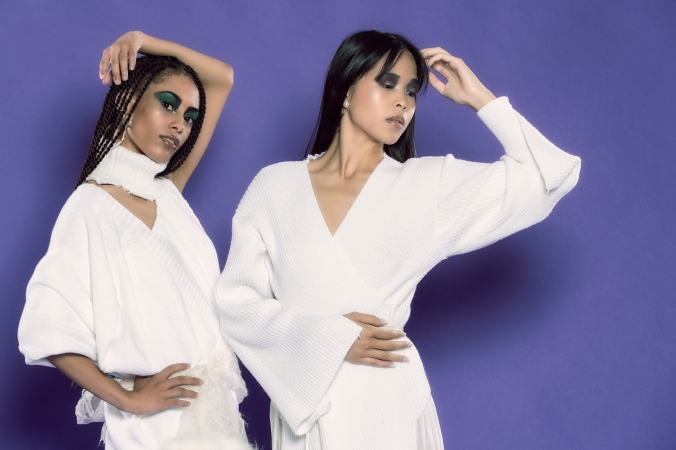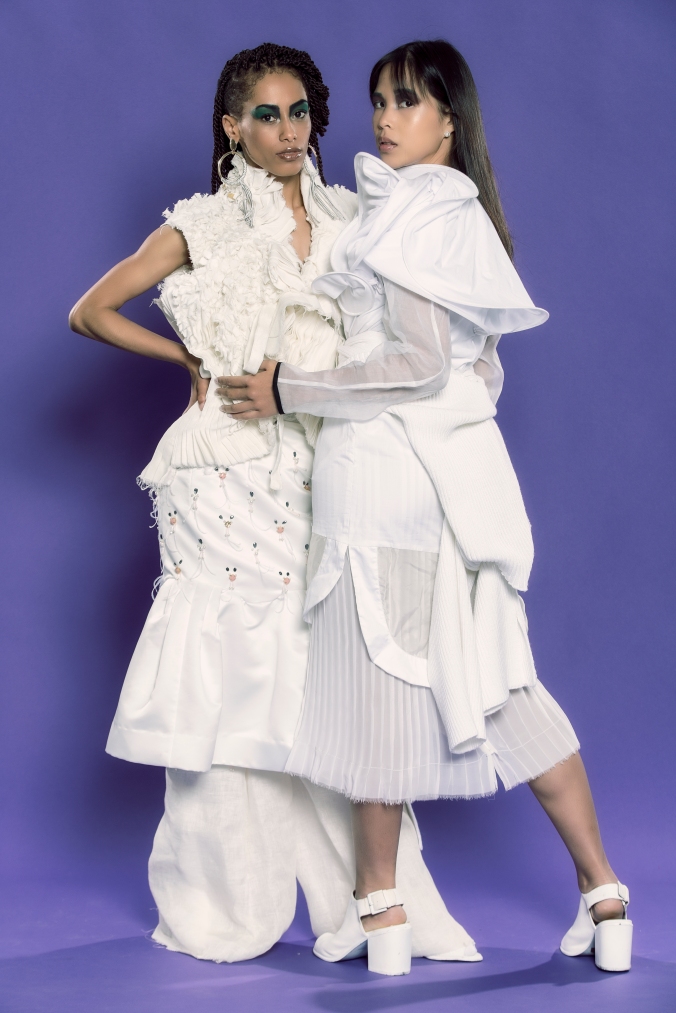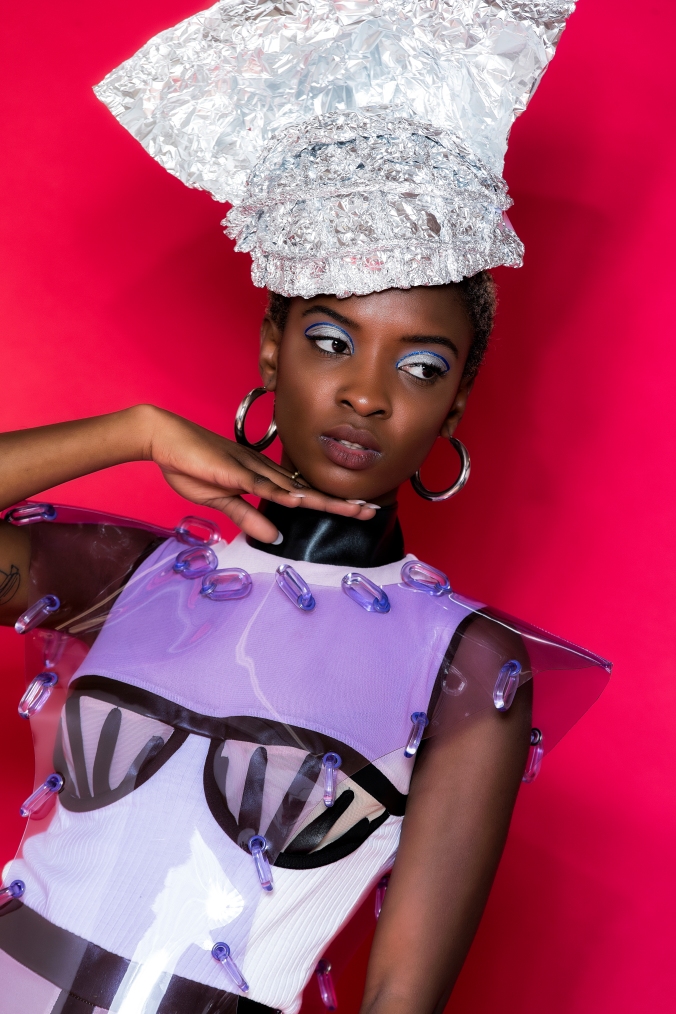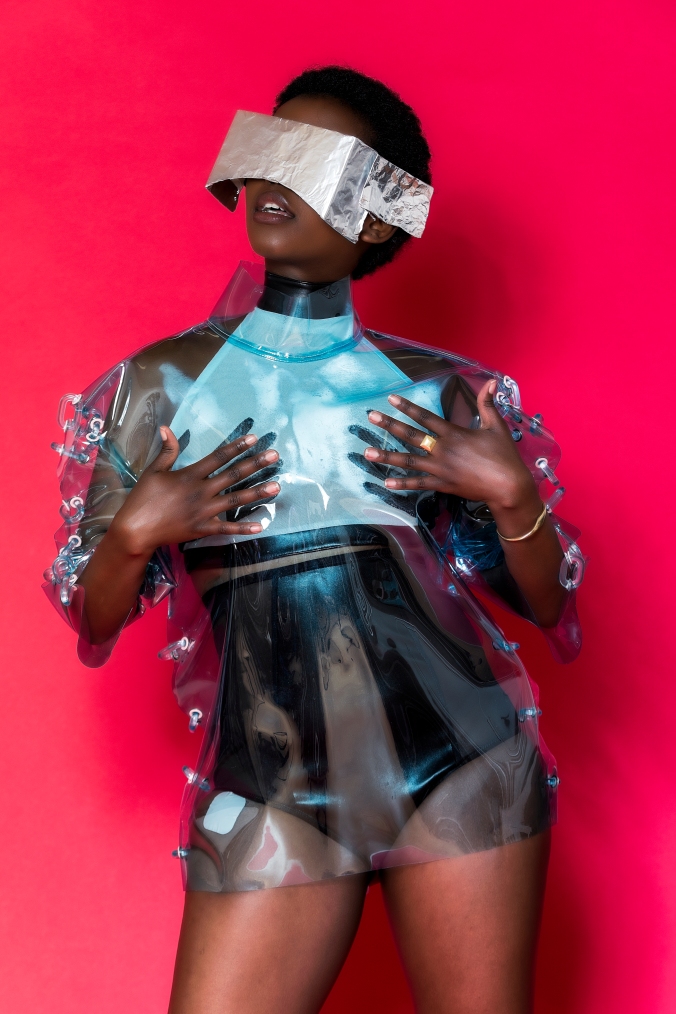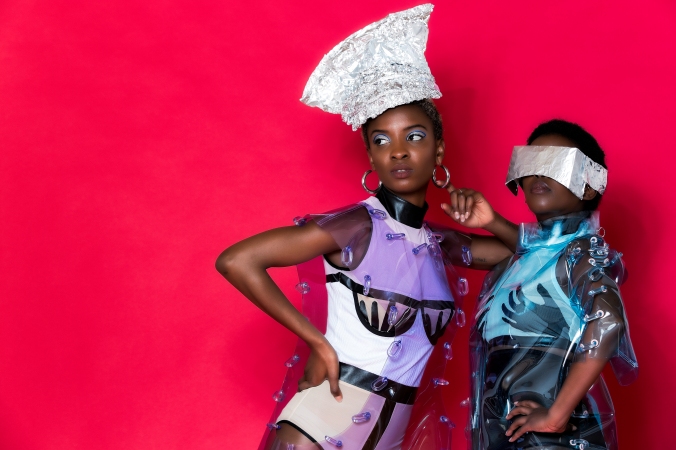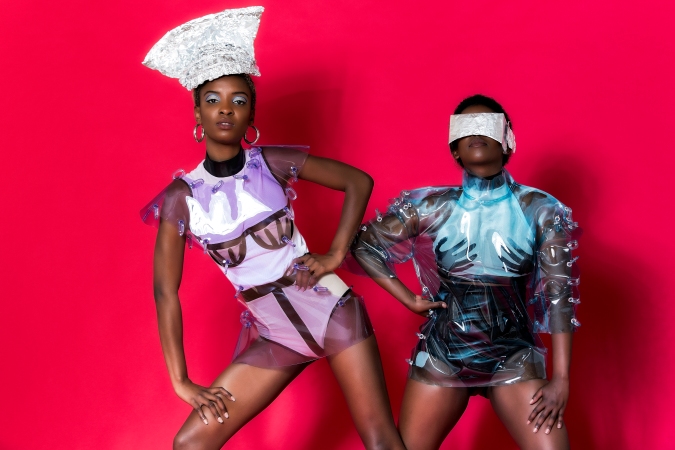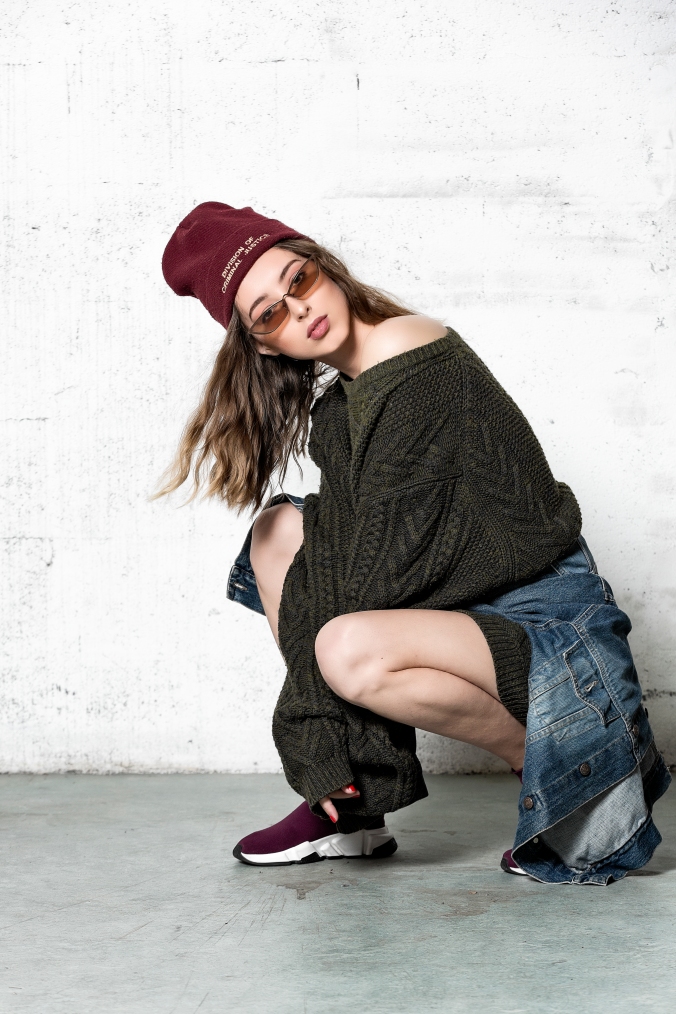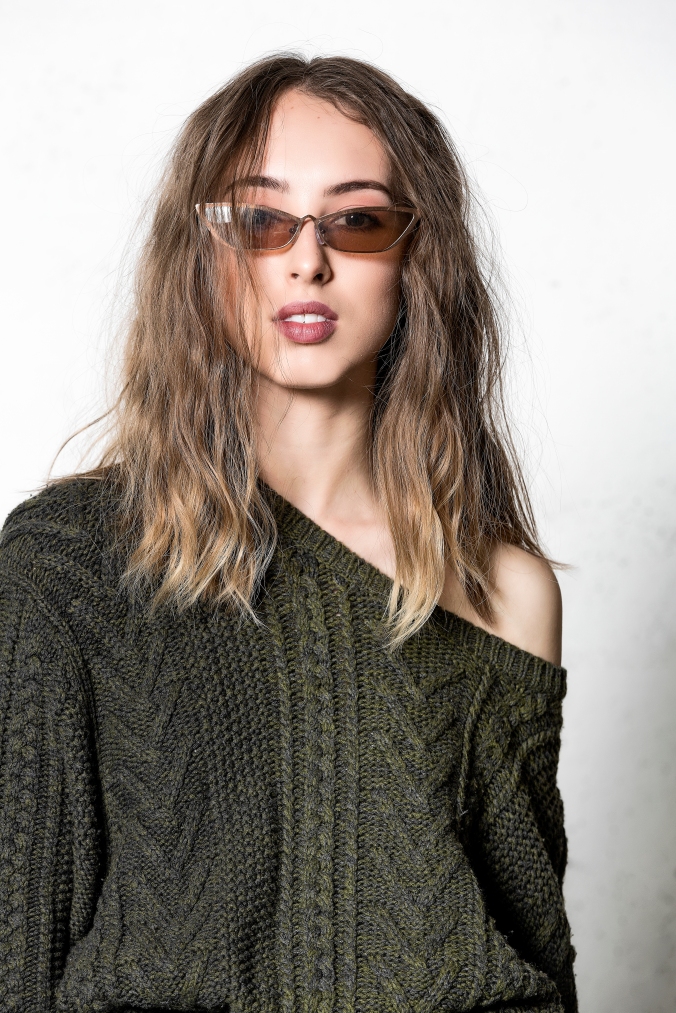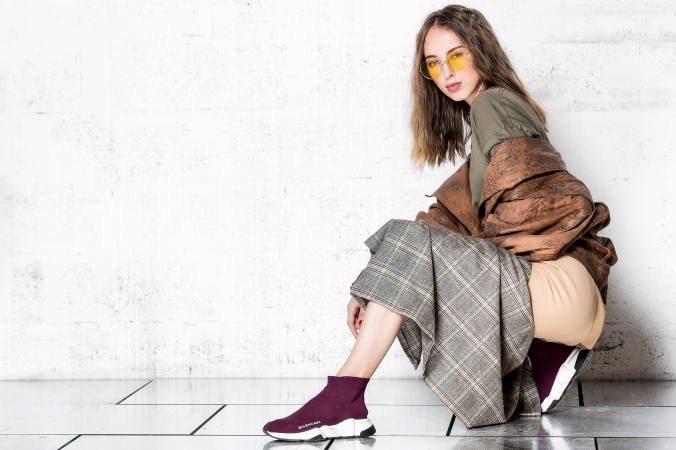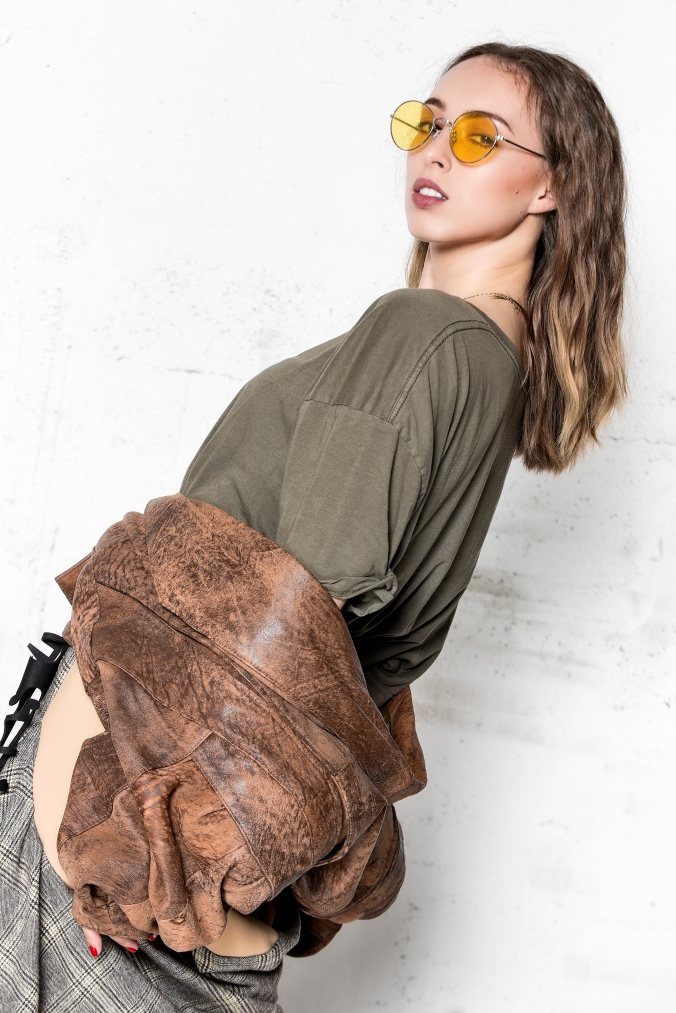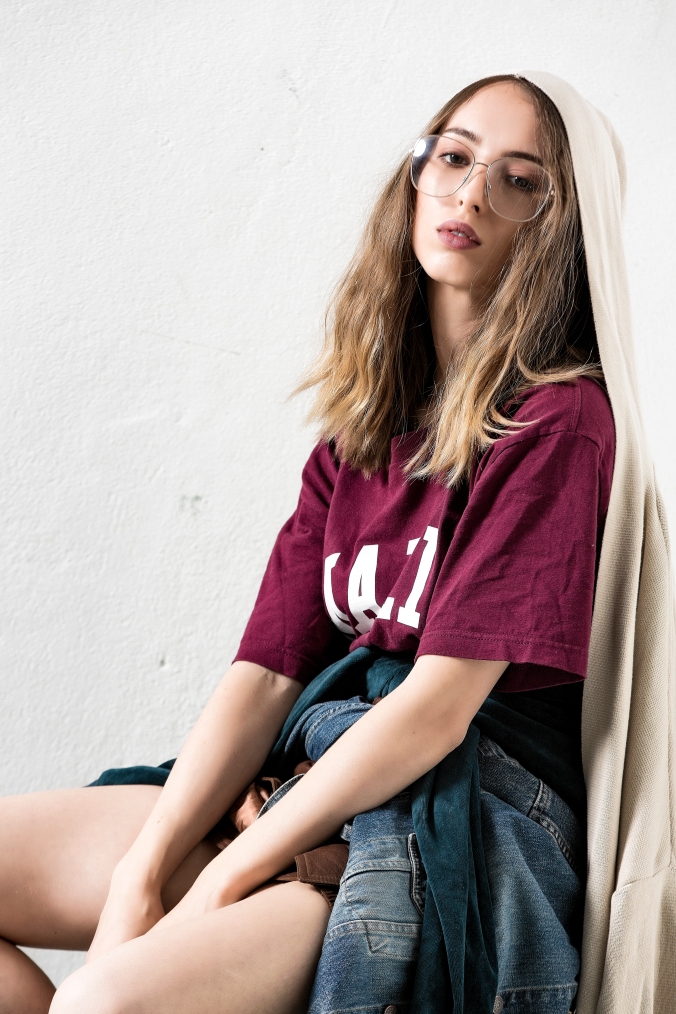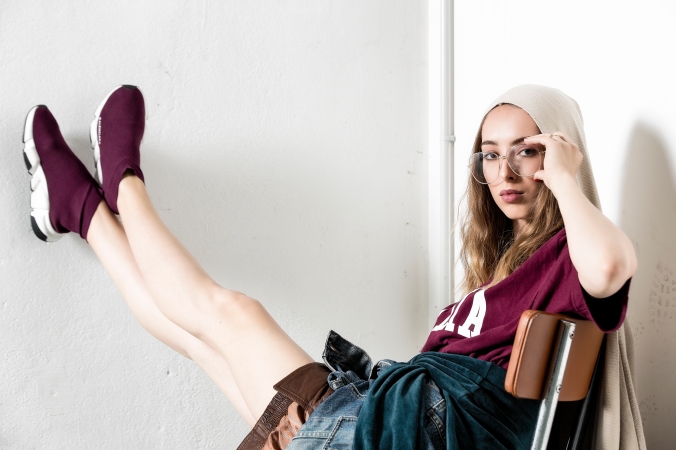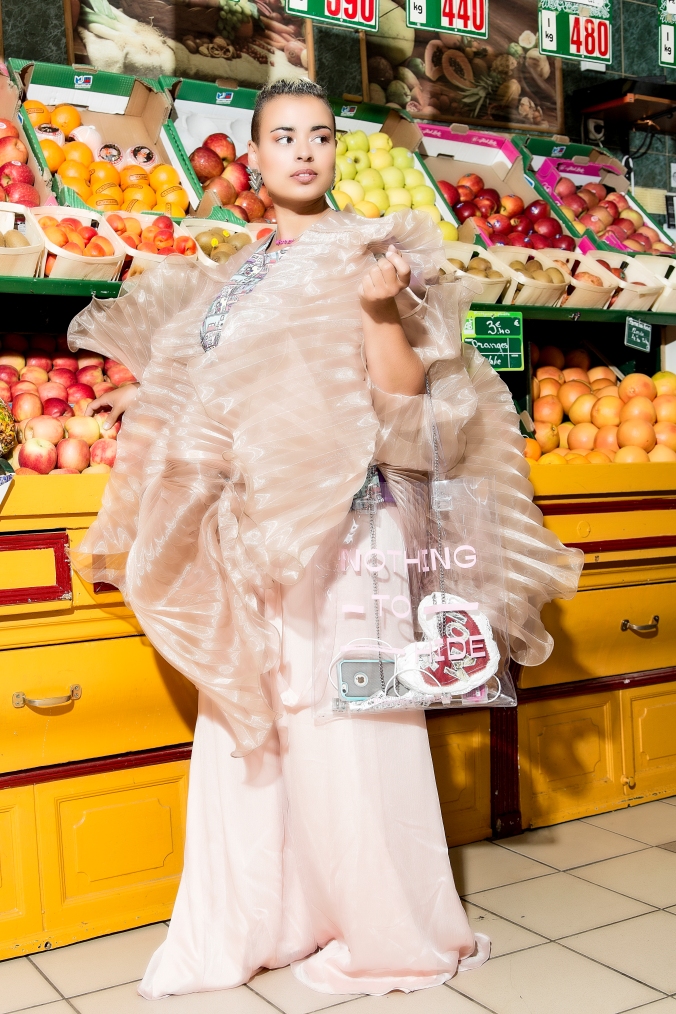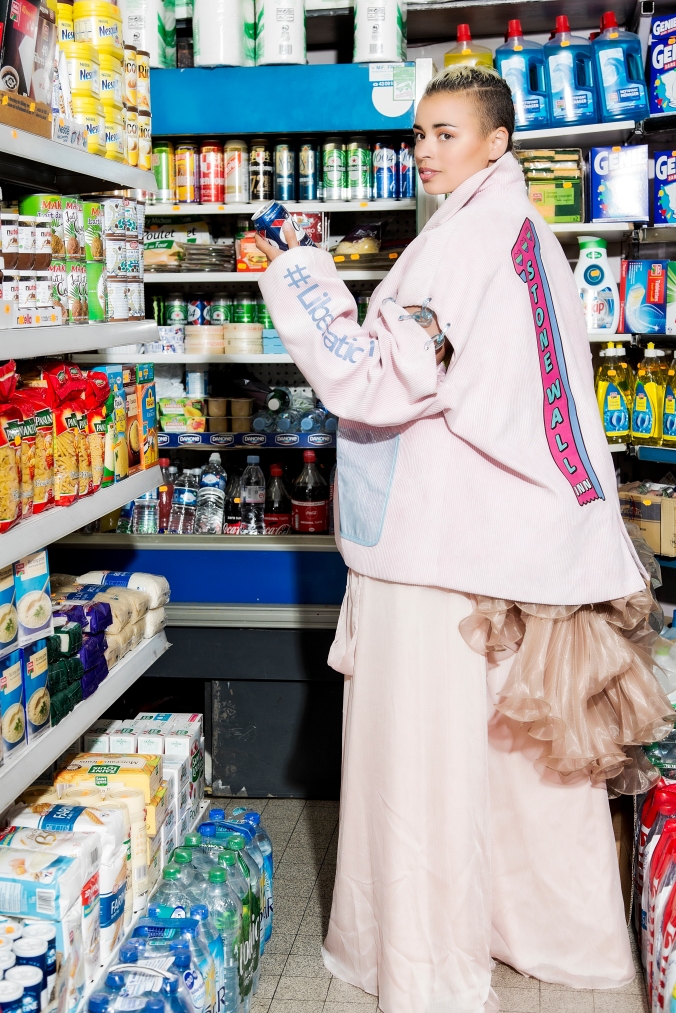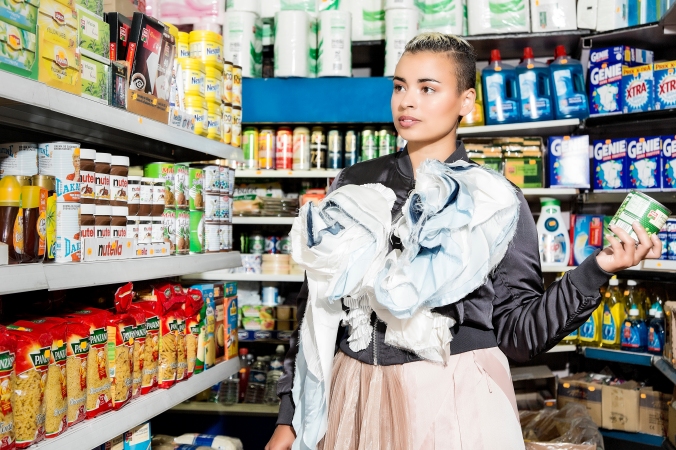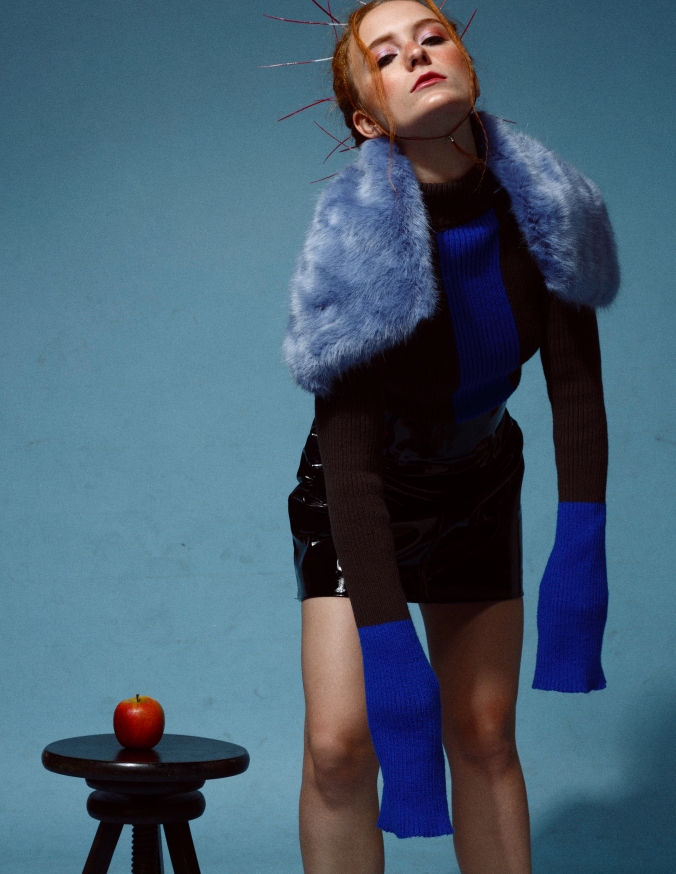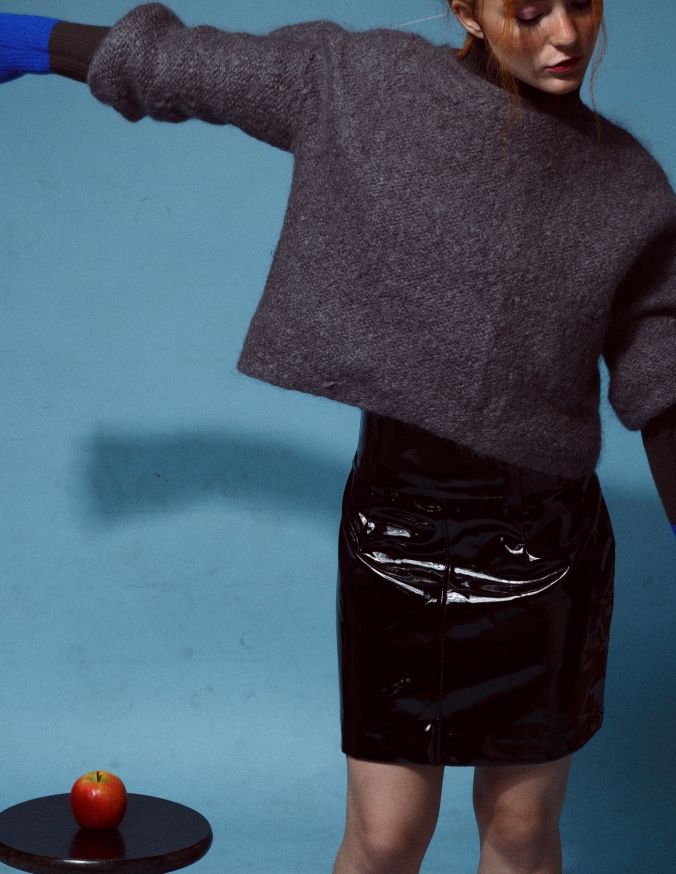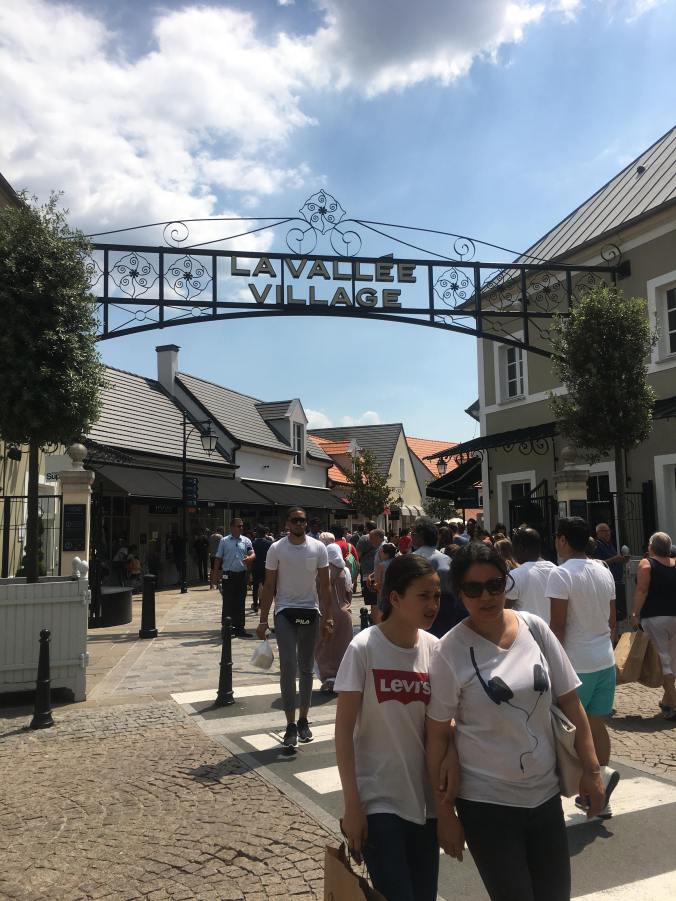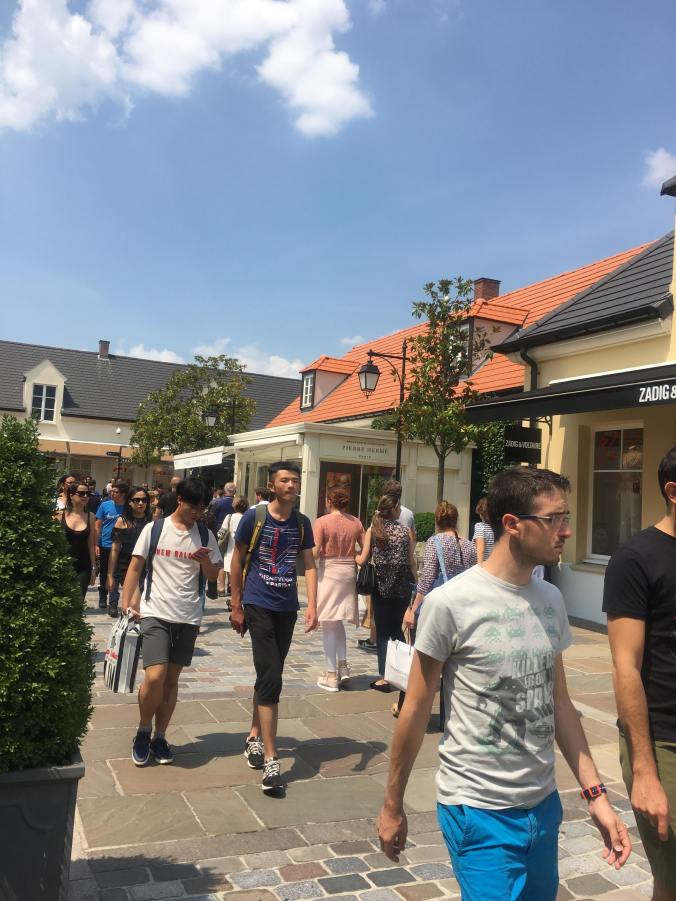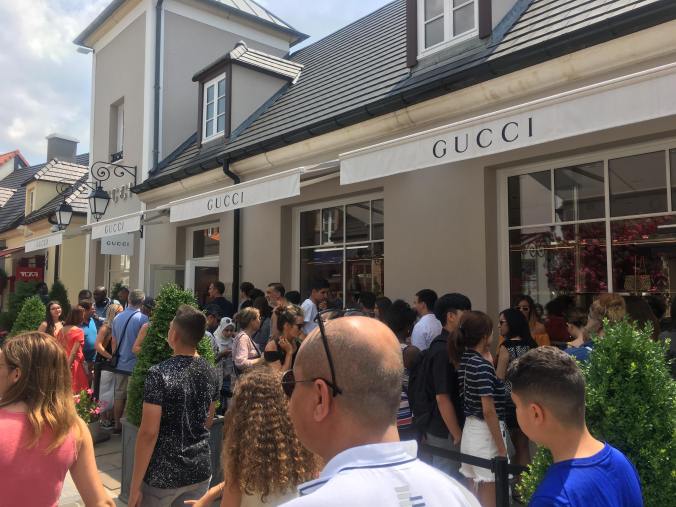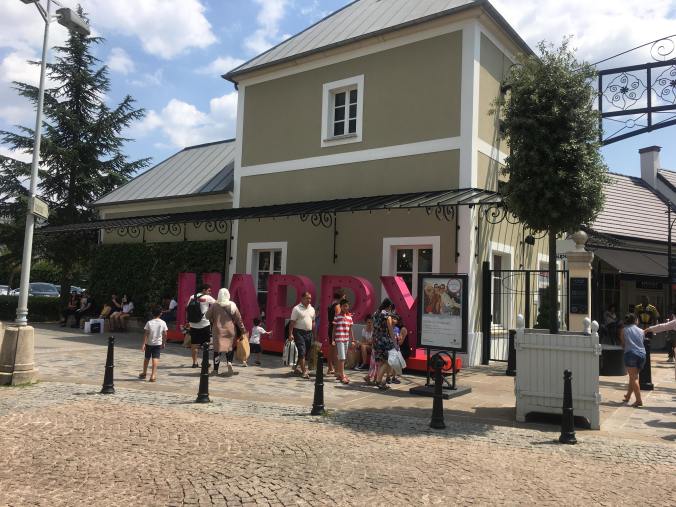Working title: CHATTY MORNING VEGAN MAKEUP ROUTINE (MY CAT DOES SOMETHING CRAZY IN THE MIDDLE) [This needs to be crazier, need people to click on it for more $$$$, need to finance my third round of lip filler)
Kayla: Hi guys, welcome back to my channel!!! So today, I’m going to show you my usual makeup routine. Like, you know ya girl doesn’t really wear that much makeup. I like really like to let my skin breathe as much as possible. Skincare is the real makeup, you guys. Like, I can’t even stress this enough. I drink a lot of water. Like a lot.
[PAUSE, drink water, make sure to show the water bottle logo, possible sponsorship!!! We should totally get Evian or Fiji, that’s super bougie.]
Kayla: So yeah, I just totally wear like 3 makeup products everyday. Just, a light NARS tinted moisturizer, a Burt’s Bees tinted lip balm, [PAUSE to duck face for the camera, show my full lips] and Maybelline’s Great Lash Mascara. Like that’s it! Maybe a touch of YSL Touché Eclat concealer under the eyes for a bit of touch up, and maybe the tiniest swish of Glossier’s Boy Brow. I mean, brows are like a necessity, like I can’t live without my brows. That’s like against the laws of feminism!! That’s just not who I am, right? And as a final touch, a bit of Nars Laguna bronzer on my cheeks. And as a final, final touch, I am just adding this Kylie liquid lipstick in the shade Slay. Just a suuuper natural metallic cobalt blue lip color. It’s super wearable! Just don’t forget to line your lips first or else what’s the point! So, like, that’s literally all the makeup I put. Just something super light! Natural, you know, for going to school in sweatpants and a messy bun!! Like I spend 5 minutes doing my makeup everyday. I use my fingers most of the time.
[Reach out for Kylie Cosmetics brush kit in a nonchalant way. Needs to be super #authentic. Have to figure out how exactly.]
Kayla: Oh, and I just remembered! I have been trying this brush set from Kylie Cosmetics, just to like give them a test run. I’m doing this for you guys, to really know if it’s worth the $300 price point. I mean, I got this for free, and I am affiliated with the company, but this is really my honest opinion! You can trust me, you know? I wouldn’t, like, lie to you. But, like, you really should go out now and get it. Like this brush set just saved my entire life!!! Like I can’t imagine how I was living before I used this. It is soooooooooo amazing, like, you can’t even imagine.
[Poke brushes on face to show how soft it is]
Kayla: This is not vegan per se. But sometimes you just have to make sacrifices somehow. Like if you find something that works for you, you should just stick with it right? Like, we are all trying our best but I think a 100% vegan lifestyle is not realistic. It might even be bad for you, you know what I mean? But, anyway, if you are interested about these brushes, you can click the link below and use my promo code BBY2K18 for a 5% discount! A STEAL!!
[Force cat into frame to humanize me and to help make my image more approachable.]
Kayla: Oh my god, [Research for a cute, relatable cat name]! I totally didn’t see you there, you crazy guy. [Somehow force the cat to lick my face? Or touch my hair. Need to research how.] Oh my god! Like this is everyday for me, you guys. I just have my caramel macchiato iced frappuccino, do my makeup super quickly, cuddle with my cat, maybe call my banker in the Bahamas, create fake accounts to boost my engagement and binge Netflix! Like, I’m just super chill all the time.
[Drop cat and shoo him away. Cut this part from the final edit.]
Kayla: So anyways there you go, guys, just like a super simple natural makeup for everyday. Don’t forget to subscribe to my channel and follow me on IG!!!! Thank you so much for watching, guys. Besos!!
[Blow kiss to the camera with a wink to look sexxxy]
[Fade away to black. Chug the bottle of Smirnoff I took from daddy’s liquor cabinet and have a nervous breakdown, off camera.]
———————
Click here to view F303 in its entirety
